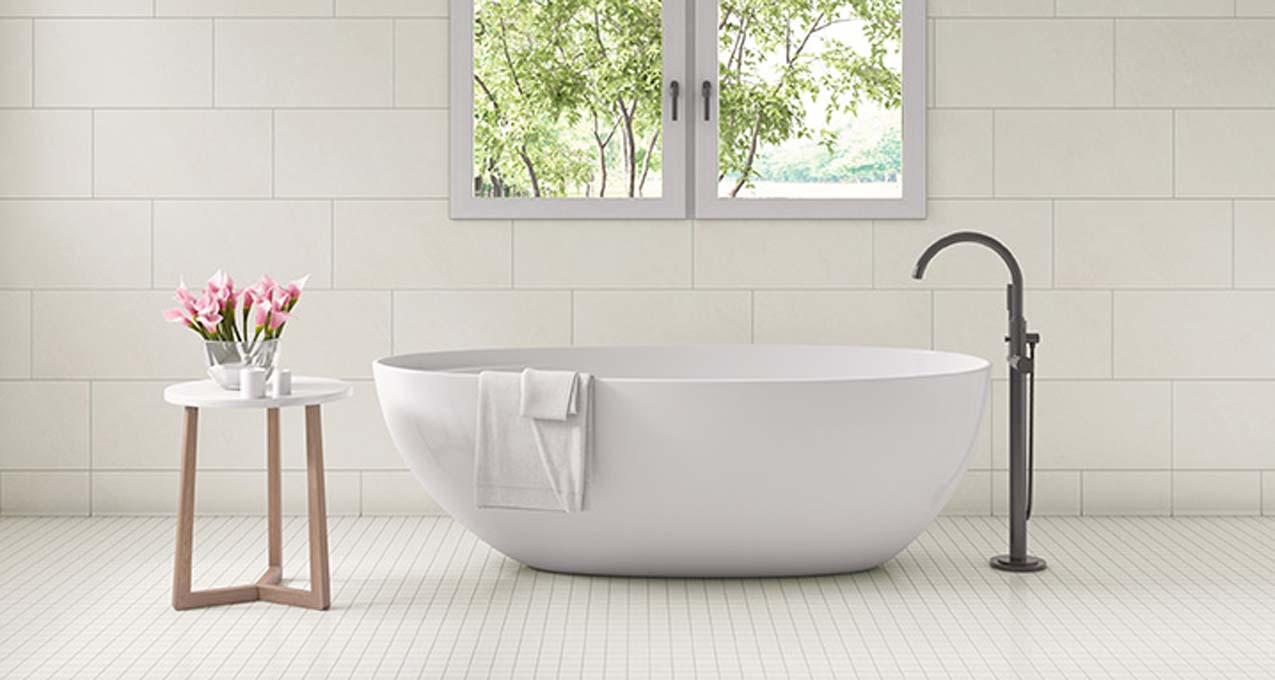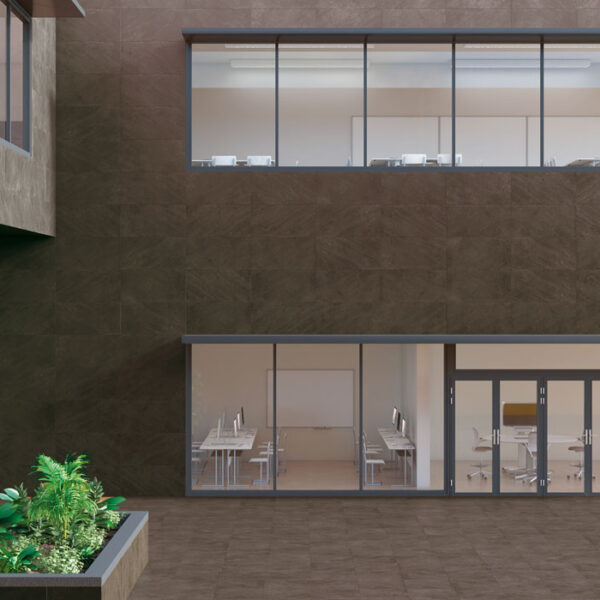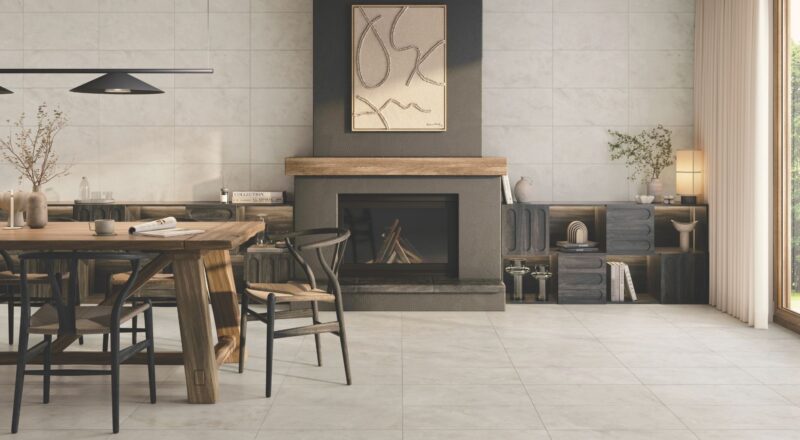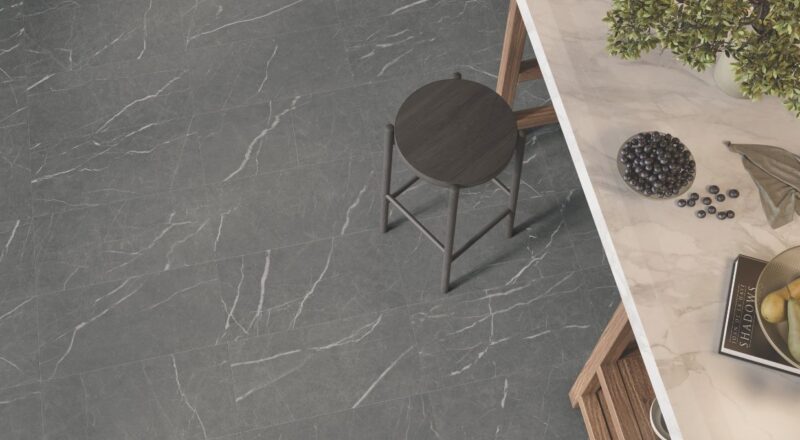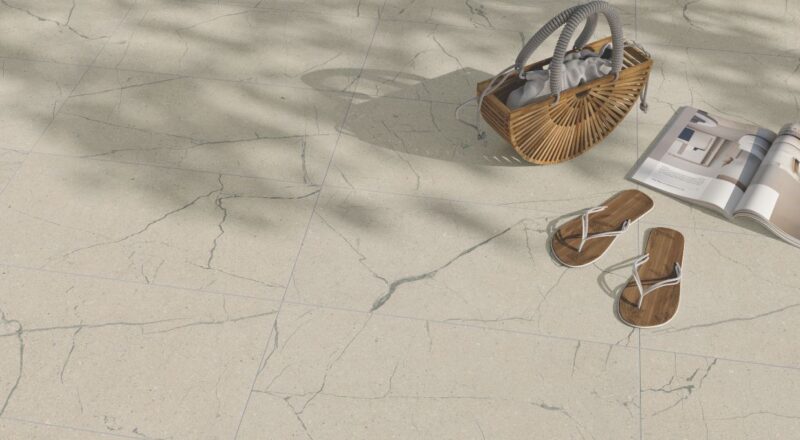The focus of environmental neuroscience study can range from specific buildings’ interiors to large-scale urban developments. Likewise, it can address a host of elements in relation to these areas of focus. Such elements include but are not limited to noise, lighting, temperature, low-level perceptual features such as colors, textures, and contours, density of development, and much more.
The design industry is ever-evolving in the ways in which it incorporates measurable intelligence and data into its processes and standards. In recent decades, we’ve observed programs such as the U.S. Green Building Council’s Leadership in Energy and Design guide the industry to create environmentally-sound projects. Environmental and health product declarations have become prevalent to ensure materials support environmental and human well-being, and design approaches such as biomimicry have come to the fore as a way to support peoples’ need and desire to connect with nature within built environments. Today, the burgeoning environmental neuroscience field is on the radar as a potential contributor to the way design is carried out in the future.
Though environmental neuroscience is very future-focused, it aligns with a documented ancient awareness of the relationship between people’s physiological and psychological states and behavior and their physical spaces. For example, relics of early civilizations reveal thoughtfully planned urban centers, communal gardens, and grid-like roadways that inherently supported quality of life and interactions of these ancient peoples.
From times long ago and far away to our neighborhoods today, it’s well established that living near trees and green spaces is more beneficial to overall health. From decreasing stress to positively impacting cognitive thinking, our environment—both natural and built— plays a tremendous role in our psychological health. The emerging field of environmental neuroscience takes research one step further in looking at the full extent of the built design in health and well-being.
At Crossville, we’re staying apprised of the burgeoning environmental neuroscience field as we seek to be attuned to the priorities of the architectural and design industries. To always be a leader in the production of innovative surfacing solutions, we know we must be at the forefront of new perspectives, learning, and opportunities.
Our goal is to help industry professionals stay on top of research and ahead of the trends. It’s not enough to just keep up with the latest news and styles; we need to have a solid sense of what’s coming next. After all, customers come to us for ideas and inspiration, as well as selection and solutions.
For example, Crossville’s newest collection, Portugal, is specifically designed for interior and exterior applications. Blending the indoor and outdoor environments creates a sense of order out of chaos and provides a calming aspect, a key component of environmental neuroscience. Inspired by Portuguese Atlantic Dark limestone, the Portugal porcelain stone collection provides an innate sense of nature whether installed on floors or walls. And highlighting the sustainability aspect of urban planning, Portugal is Green Square Certified and contains a minimum four percent pre-consumer recycled content.
Interested in learning more about the emerging environmental neuroscience field and its impact in architecture and design? Check out this article:
https://deonlabblog.com/research/environmental-neuroscience/

